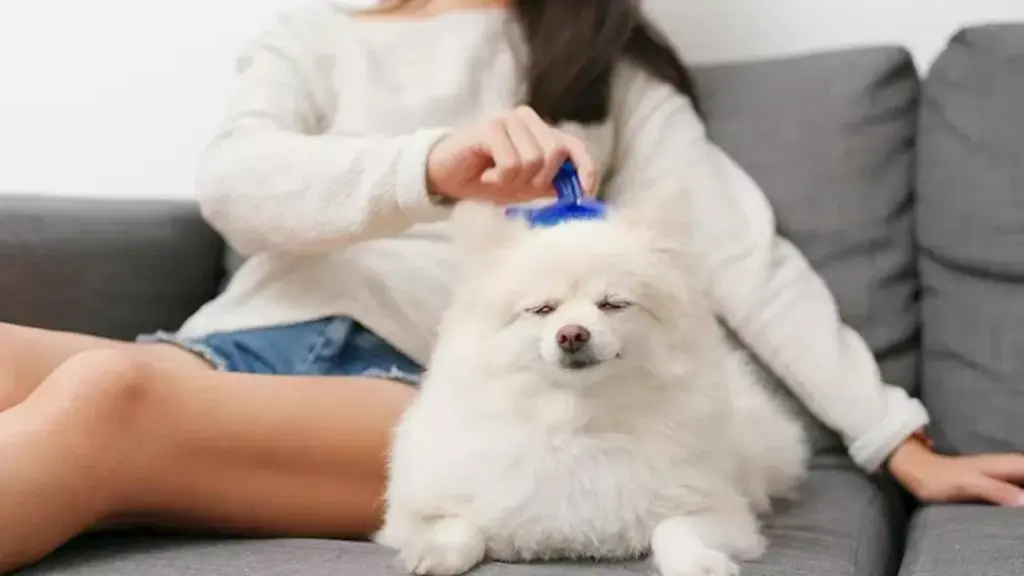
Choosing the right dog brush is essential for maintaining your pet’s coat health and ensuring a pleasant grooming experience. With a variety of brushes available, it’s crucial to select one that matches your dog’s coat type and size. This guide explores the different types of dog brushes and their respective benefits, from short-haired breeds like Labrador retrievers and German shepherds to long-haired breeds such as huskies.
Maintaining a dog’s coat is not just about aesthetics; it plays a vital role in their overall health. Regular brushing helps prevent tangles, removes dead hair, and distributes natural oils, contributing to a shiny and healthy coat. While dogs with short hair may require less frequent grooming, those with long or thick fur often need daily attention to prevent matting.
Types of Dog Brushes
The variety of dog brushes on the market caters to different grooming needs. The most popular types include:
– **Bristle brushes** are ideal for dogs with short, straight hair. The tight bristles effectively remove shedding hair and stimulate the skin.
– **Wire pin brushes** work well for long-haired breeds that may tangle easily. These brushes can detangle knots without harming the skin.
– **Deshedding brushes** are designed to reach the undercoat, removing loose fur before it ends up on your floors or furniture. Many of these tools can eliminate up to 90% of loose hair, making them particularly useful for heavy shedders.
– **Rubber brushes** primarily massage the skin rather than remove hair, providing a soothing experience for dogs.
Selecting the right brush size is equally important. A brush that is too small for a large dog can lead to an uncomfortable grooming session, while a brush that is too large can intimidate smaller breeds.
Making Grooming Enjoyable
To ensure a positive grooming experience, it is advisable to begin brushing your dog when they are still a puppy. This early introduction can help them become accustomed to the process. If your dog is already an adult, keep grooming sessions short and incorporate treats and praise to create a positive association. If your pet becomes anxious, consider having a second person assist in holding them still while you brush.
Regular brushing is recommended to minimize shedding. Daily brushing is ideal for dogs prone to heavy shedding, while once or twice a week may suffice for those with shorter hair.
Maintaining your dog’s brush is also crucial. Regular cleaning prevents bacteria buildup and ensures effective grooming. Many brushes feature designs that allow for easy hair removal, which simplifies the cleaning process.
Prices for dog brushes vary widely, starting from around $5 for basic models and reaching up to $30 for high-end deshedding tools. Investing in a quality brush can save you money on grooming services in the long run.
With the right brush, grooming can be an enjoyable and beneficial experience for both you and your dog. A well-groomed coat not only looks good but also contributes to your pet’s overall health.







